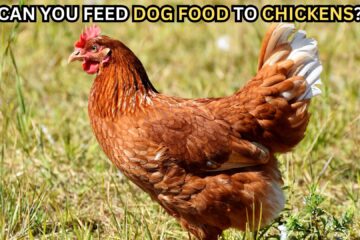In recent years, there has been a noticeable shift towards diversifying the diets of our canine companions, moving beyond traditional dog food to include a variety of human foods, especially vegetables.
This trend underscores a growing awareness among pet owners about the nutritional needs of their dogs and a desire to provide them with the healthiest possible diet.
Among the plethora of vegetables considered beneficial for humans, kale emerges as a superfood, lauded for its dense nutritional content and associated health benefits.
However, this raises an important question for dog owners: Is kale, particularly in its raw form, safe and nutritious for dogs as it is for humans?
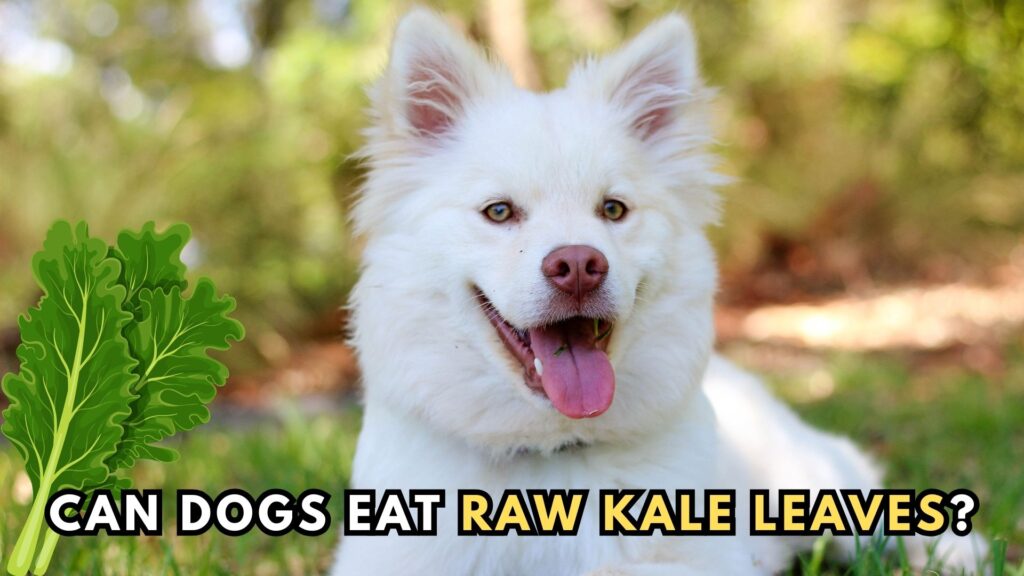
Understanding the safety and nutritional value of including kale in your dog’s diet is crucial.
As responsible pet owners, it’s important to discern not just the potential benefits but also any risks associated with feeding our furry friends foods that are outside their conventional diet.
Nutritional Profile of Kale
Kale is renowned for its rich nutritional profile, packed with vitamins, minerals, and antioxidants that can offer various health benefits. For dogs, certain components of kale can be particularly advantageous:
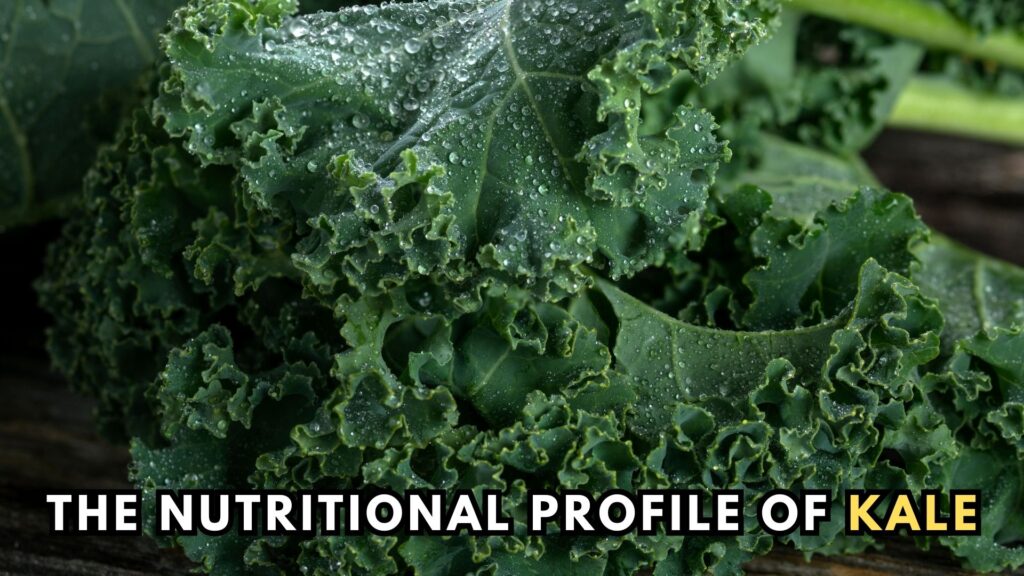
- Vitamins: Kale is a powerhouse of vitamins A, K, and C. Vitamin A supports eye health and immune function, Vitamin K plays a critical role in blood clotting, and Vitamin C acts as an antioxidant, helping to reduce inflammation and cognitive aging.
- Minerals: This leafy green is also a good source of calcium, potassium, and magnesium, which are essential for bone health, heart health, and overall cellular function.
- Antioxidants: Kale contains several potent antioxidants, such as quercetin and kaempferol, which can help combat oxidative stress and may reduce the risk of chronic diseases.
- Fiber: The fiber content in kale is beneficial for a dog’s digestive health, aiding in digestion and helping to prevent constipation. It can also contribute to a feeling of fullness, which might help in weight management for dogs prone to obesity.
While kale’s nutritional benefits for dogs are clear, it’s important to consider these within the context of a balanced diet. The high fiber content, while beneficial, necessitates moderation to avoid digestive upset.
Furthermore, the presence of certain compounds in kale, like oxalates, which can interfere with calcium absorption and potentially lead to kidney and bladder stones, means that kale should be introduced into a dog’s diet carefully and in controlled amounts.
Benefits of Raw Kale for Dogs
Feeding your dog raw kale can offer a variety of health benefits, making it a worthwhile addition to their diet when introduced properly and in moderation. Here are some of the key benefits that raw kale can provide to dogs:
Improved Digestion
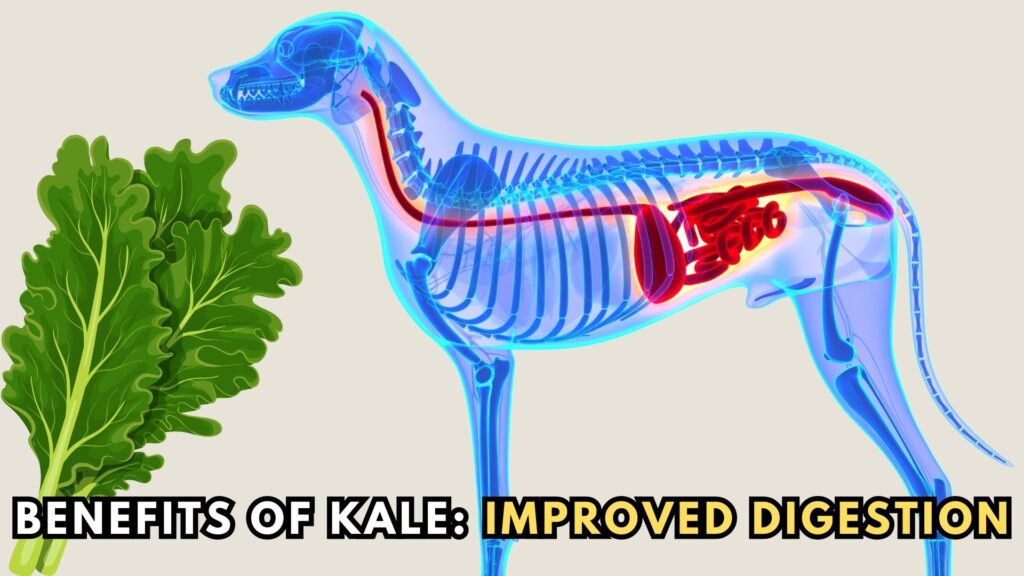
Kale is rich in dietary fiber, which can help regulate a dog’s digestive system.
Fiber aids in digestion by adding bulk to the stool, making it easier for dogs to pass waste and reducing the chances of constipation.
Additionally, fiber can help maintain a healthy gut flora, improving overall gut health.
Stronger Immune System
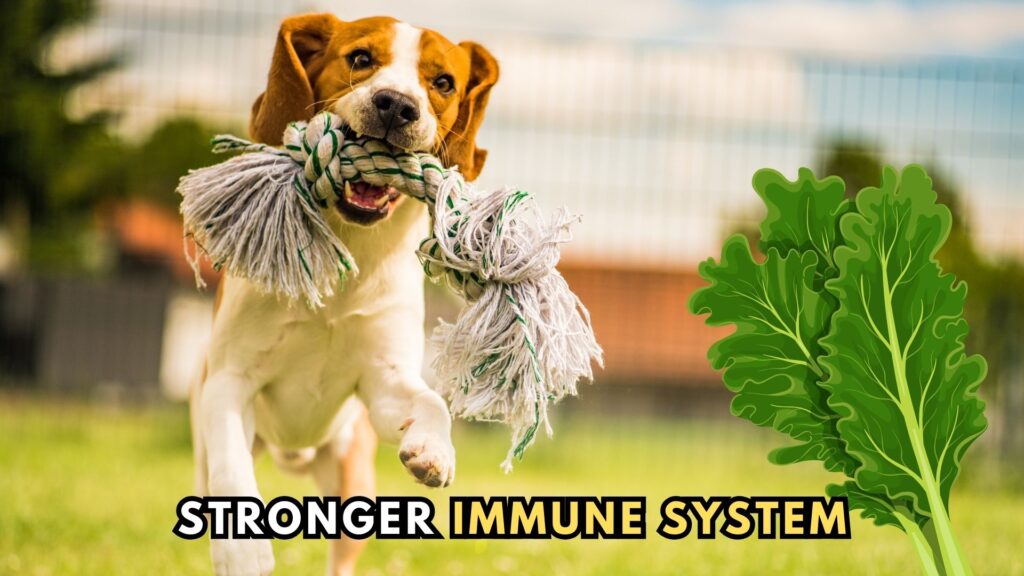
Kale is packed with vitamins A, C, and K, as well as antioxidants such as beta-carotene and lutein.
Vitamin A supports eye health and skin maintenance, while vitamin C is known for its role in bolstering the immune system.
Antioxidants help protect the body’s cells from damage by free radicals, supporting overall health and wellness.
Better Eye Health
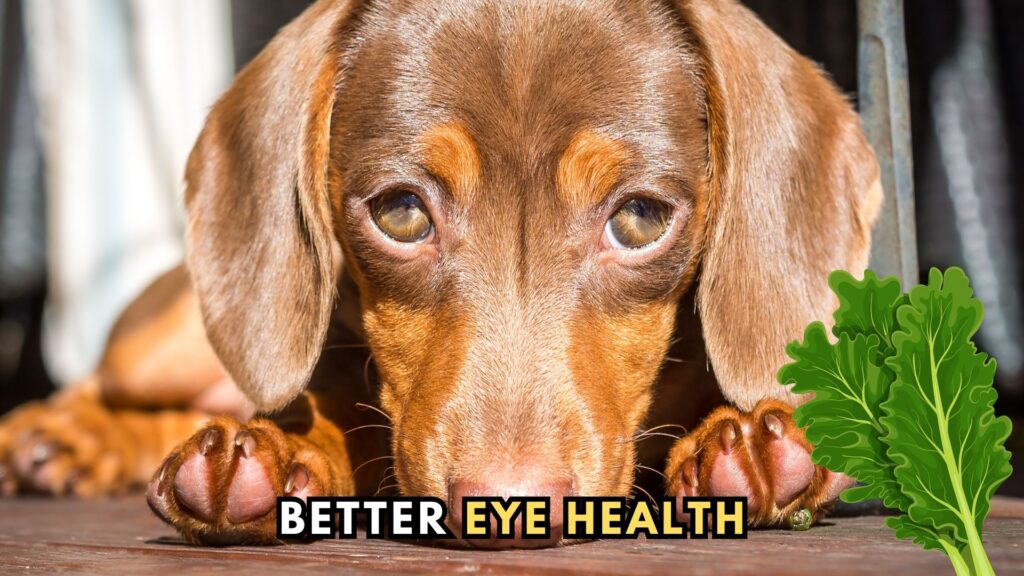
The high levels of vitamin A and lutein in kale are particularly beneficial for maintaining good eye health.
Vitamin A is crucial for preserving proper eye function, including vision, while lutein helps protect the eyes from oxidative stress and may reduce the risk of macular degeneration.
Support Studies and Veterinary Advice
While direct studies on dogs consuming kale might be limited, veterinary advice often supports the inclusion of leafy greens like kale in a dog’s diet for their nutritional benefits.
Vets recommend introducing kale and other vegetables gradually to monitor for any adverse reactions and to ensure that it suits the individual dog’s digestive system and health needs.
Remember: It’s important to note that while kale can be a beneficial addition to a dog’s diet, it should not replace their regular food but rather complement it.
Dogs have specific nutritional needs that are primarily met through high-quality commercial dog food or well-balanced homemade diets designed with a veterinarian’s guidance.
Potential Risks and Precautions
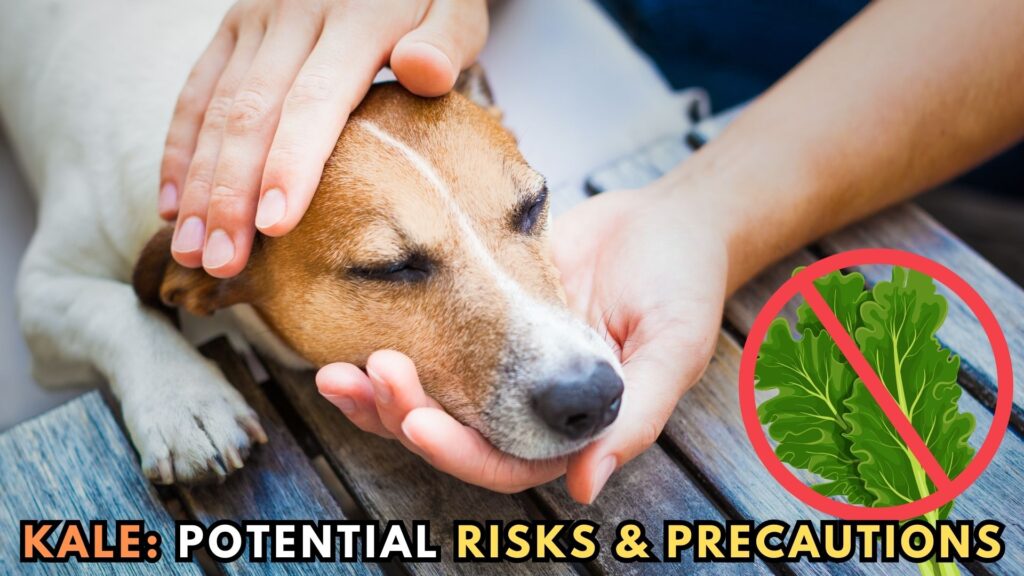
Despite its benefits, there are potential risks associated with feeding raw kale to dogs that owners should be aware of.
Kale contains compounds called oxalates and isothiocyanates, which can pose health risks if consumed in large amounts:
- Oxalates: High levels of oxalates can lead to kidney and bladder stones, particularly in dogs prone to these issues. It’s crucial to monitor the amount of kale your dog consumes to avoid these complications.
- Isothiocyanates: While these compounds can help in detoxifying the body, in high amounts, they may irritate the stomach lining, leading to gastrointestinal upset.
Safe Amounts:
The key is moderation. Small to medium dogs can have a few bites of kale, while larger dogs may tolerate a small handful. It’s essential to consider your dog’s size, breed, and overall health when determining the appropriate serving size.
Preparation Tips:
To minimize risks, thoroughly wash kale to remove any pesticides or contaminants. Removing the stems, which contain higher levels of oxalates, and chopping the leaves into small, manageable pieces can also help.
How to Introduce Kale into Your Dog’s Diet

Introducing kale into your dog’s diet should be done gradually to avoid digestive upset. Follow these steps:
- Start Small: Begin with a small amount of kale mixed into their regular food.
- Observe: Watch for any signs of adverse reactions, such as vomiting, diarrhea, or lethargy.
- Increase Slowly: If your dog tolerates kale well, you can slowly increase the amount over time.
Kale can be served raw, steamed, or lightly cooked without any added oils or seasonings. Mixing it with their regular food or using it as a low-calorie treat can be a good way to incorporate it into their diet.
Alternative Vegetables Safe for Dogs
Variety is vital in a dog’s diet, and there are many safe and healthy vegetable alternatives to kale, including:
- Carrots: Great for dental health, high in fiber and beta-carotene.
- Green Beans: Low in calories and high in fiber, making them an excellent treat for overweight dogs.
- Pumpkin: High in fiber and essential vitamins, good for digestion.
Remember, the introduction of any new food into your dog’s diet should be done with care and in moderation.
Variety in a dog’s diet not only provides nutritional benefits but also keeps mealtime interesting for your pet.
Always consult with your veterinarian before making significant changes to your dog’s diet, especially if they have specific health conditions.
FAQs
Can all dogs eat raw kale?
Not all dogs can safely eat raw kale. While many dogs can enjoy kale as part of a balanced diet, individual sensitivities, allergies, or pre-existing health conditions could make kale inappropriate for some pets. It’s essential to introduce kale gradually and monitor your dog for any adverse reactions.
How often can I feed my dog kale?
Kale should be fed in moderation due to its high fiber content and the presence of potentially harmful compounds in large quantities.
A small amount of kale, not more than 10% of your dog’s daily diet, once or twice a week, is generally considered safe for healthy dogs.
Are there any dogs that should avoid kale?
Dogs with certain health conditions such as kidney or bladder stones, or those with hypothyroidism, should avoid kale because it contains substances that could exacerbate these conditions.
Always consult with a vet if your dog has any health issues before introducing new foods.
Can puppies eat raw kale?
Puppies can eat raw kale in very small, well-monitored amounts. However, their diets should be primarily focused on puppy-formulated foods to ensure they receive all necessary nutrients for growth. Introduce any new food, including kale, very gradually.
How do I know if my dog is allergic to kale?
Signs of a food allergy can include itching, skin rashes, ear infections, or gastrointestinal issues such as vomiting or diarrhea. If you notice any of these symptoms after introducing kale, discontinue feeding it and consult your veterinarian for advice.
Summary
In conclusion, raw kale can be a healthy addition to your dog’s diet when served appropriately and in moderation. Its benefits range from improved digestion to strengthened immune function and better eye health, but it’s not without its risks.
Proper preparation and mindful introduction are key to safely incorporating kale into your dog’s meals.
Above all, remember the importance of consulting with a professional to ensure your dog’s diet is balanced and tailored to their individual health needs.


